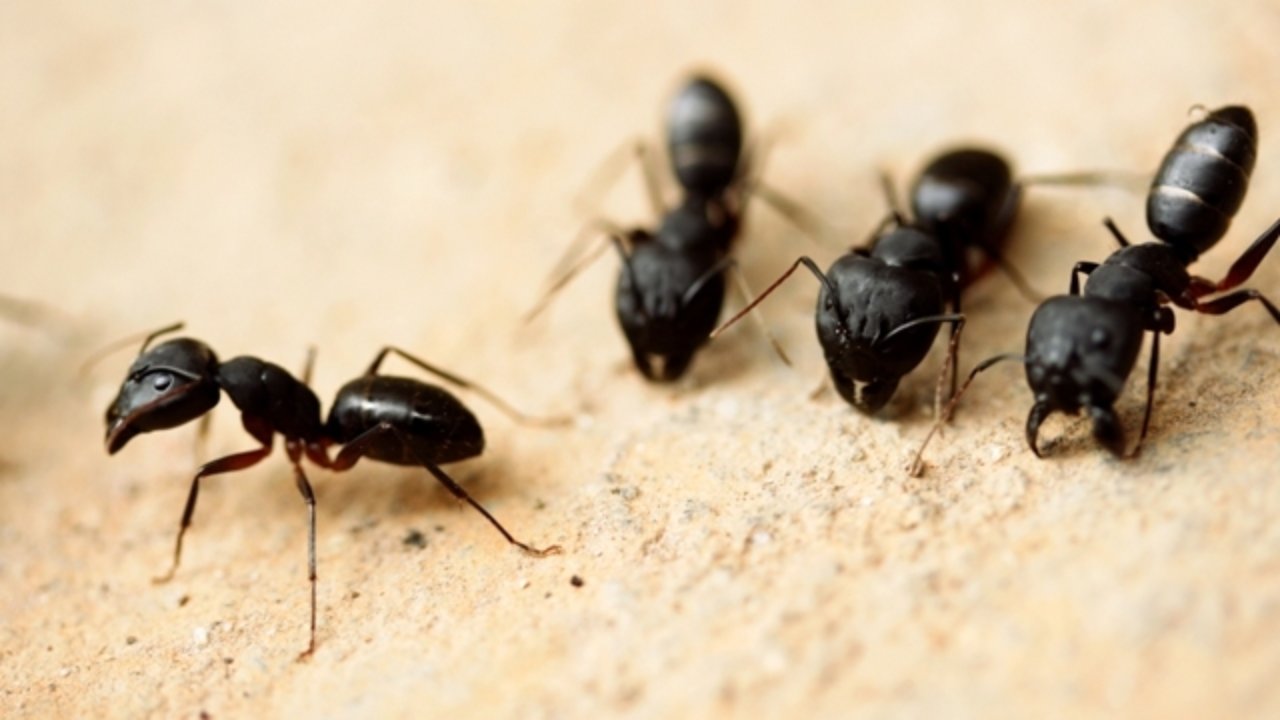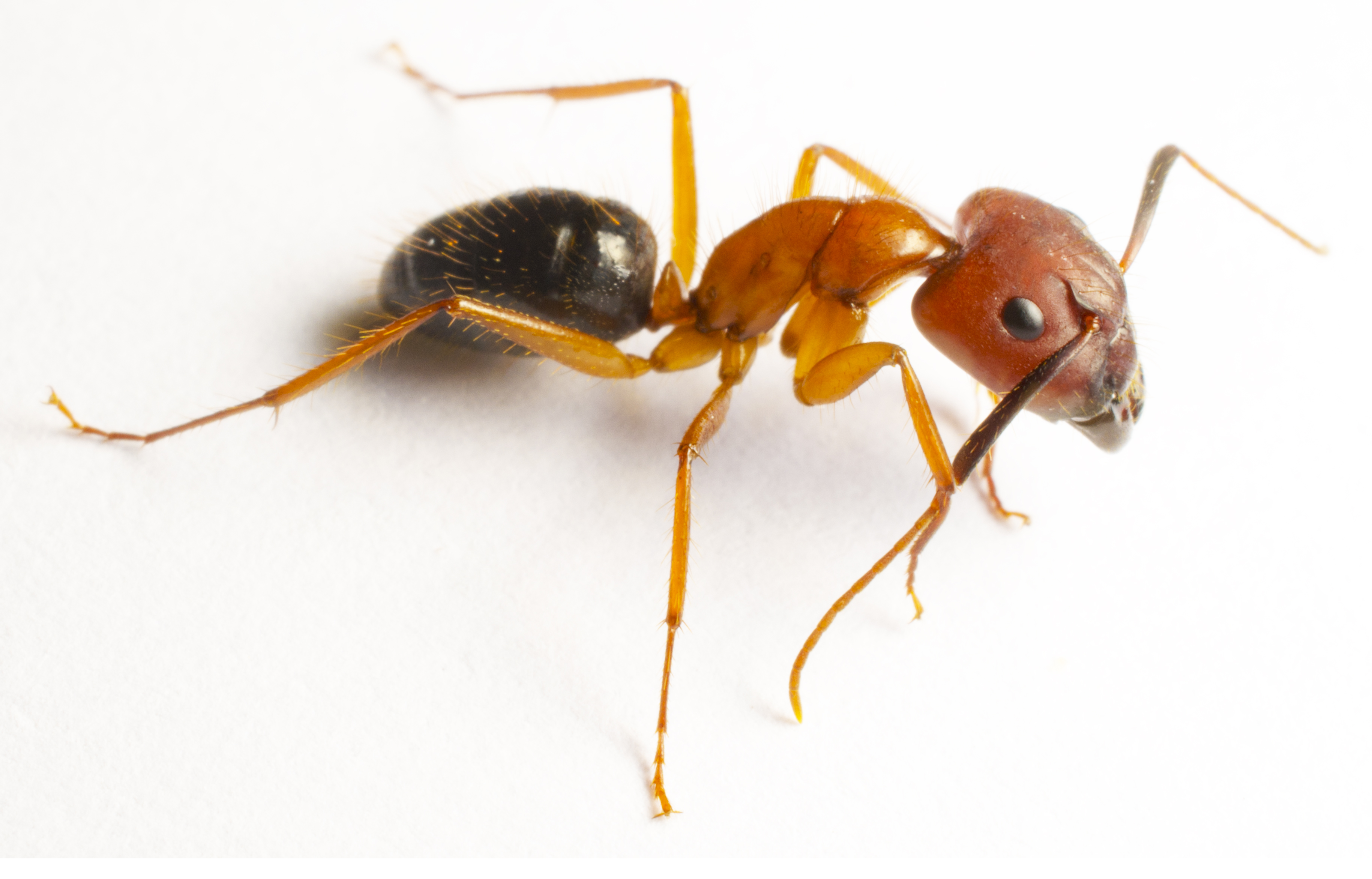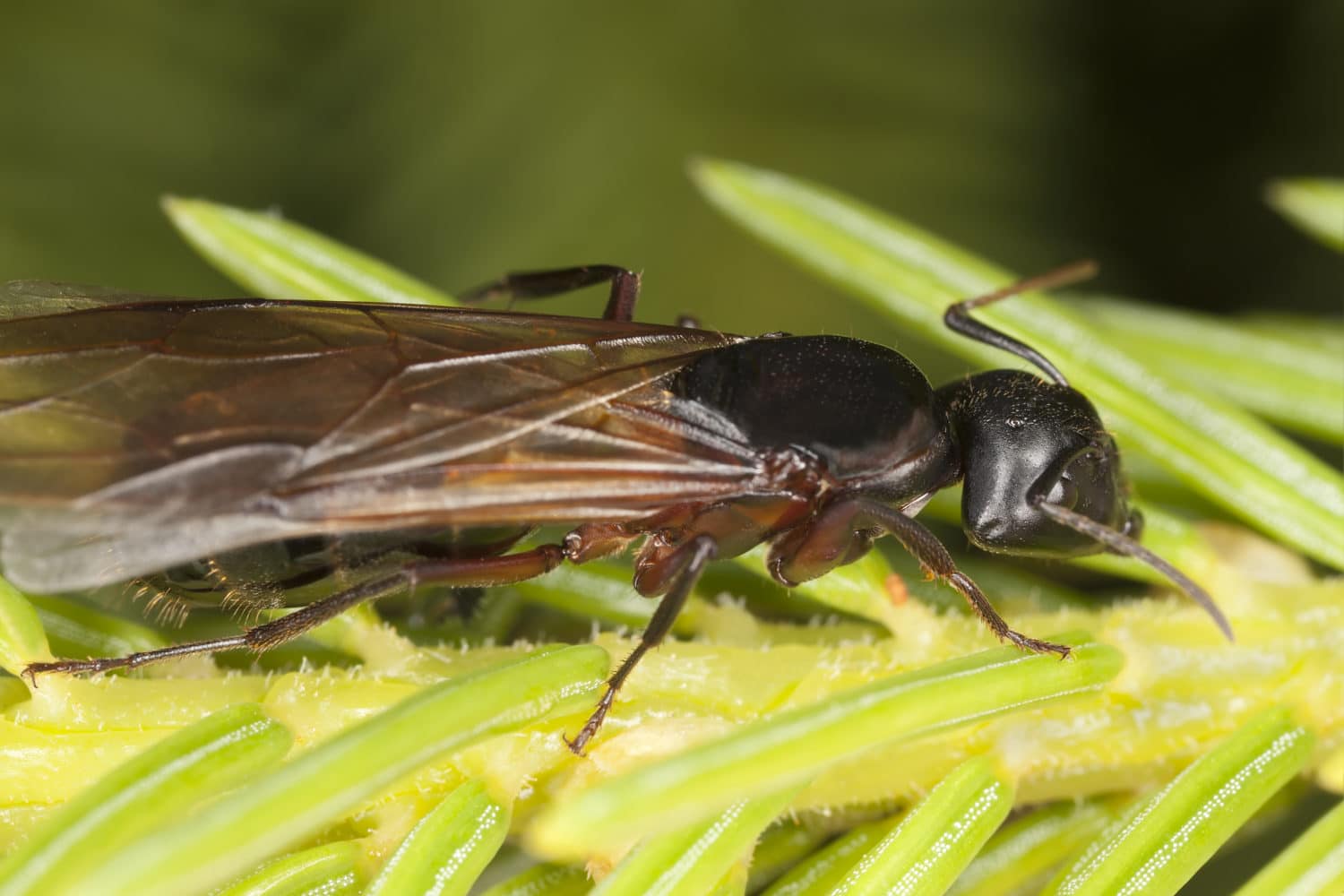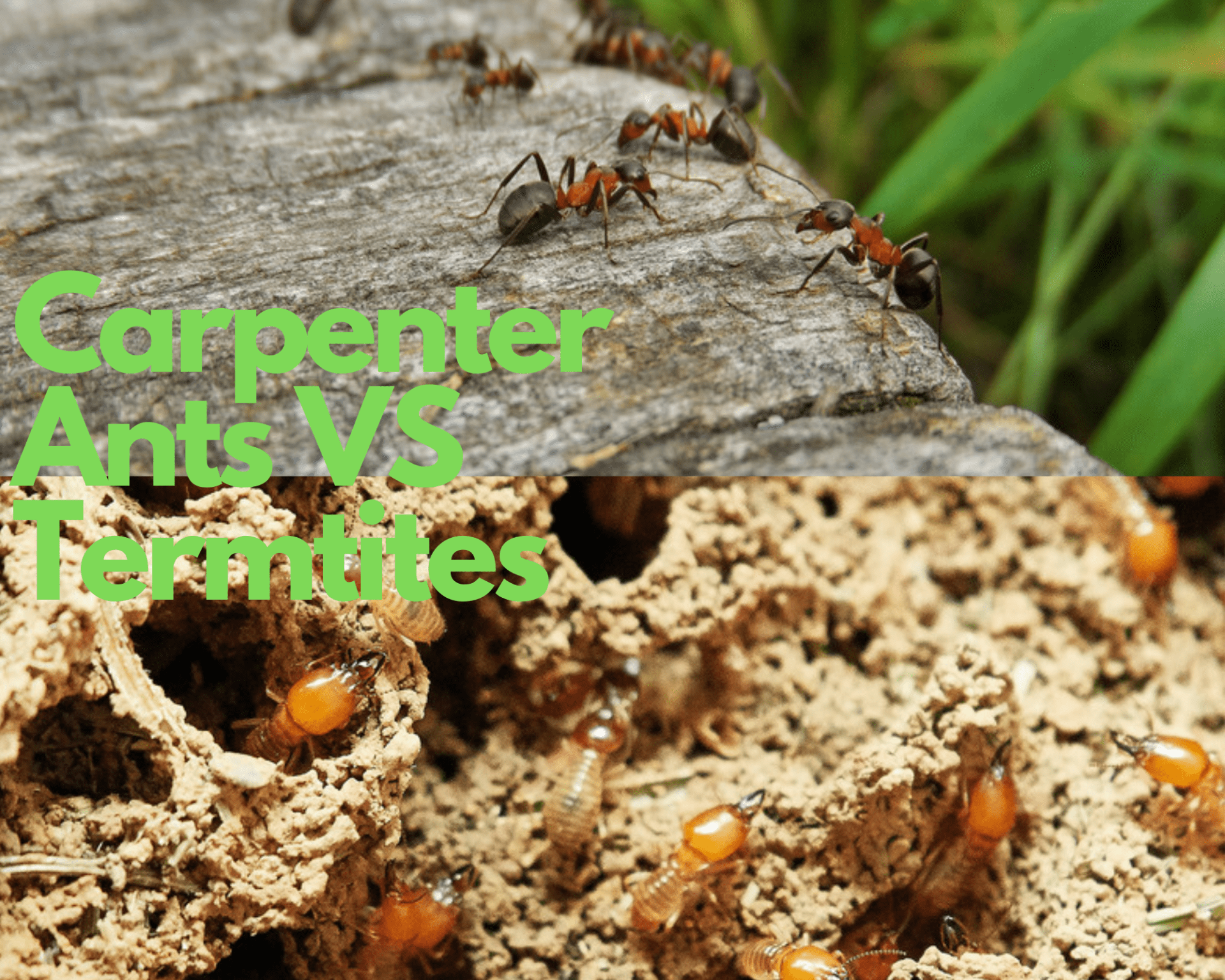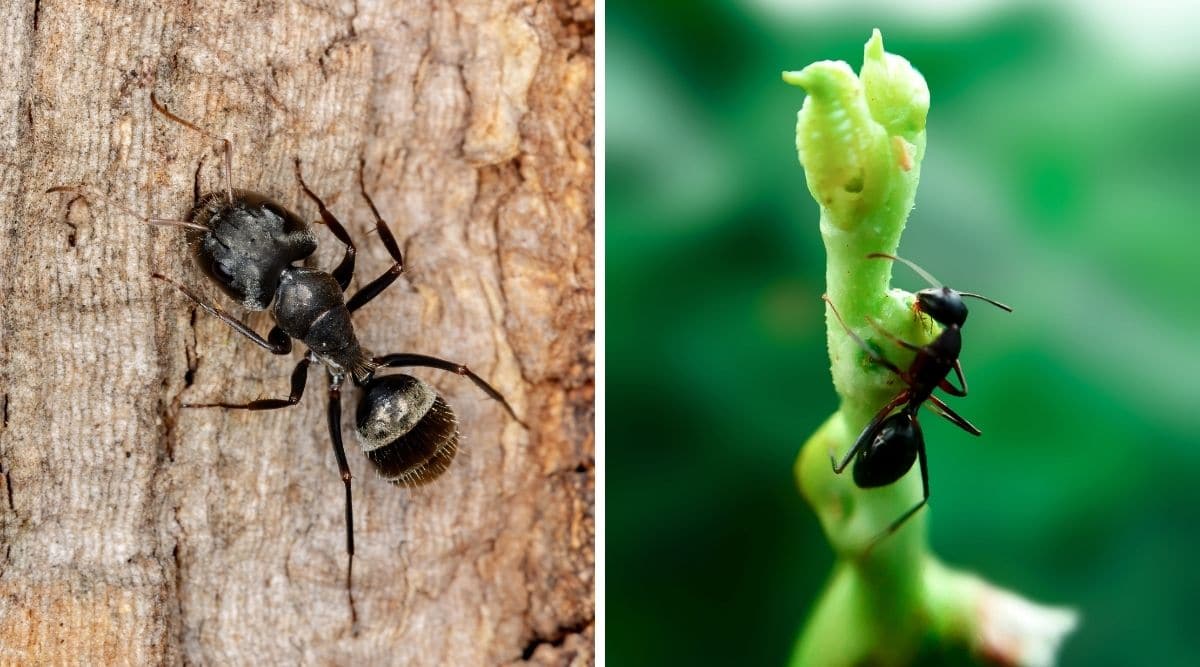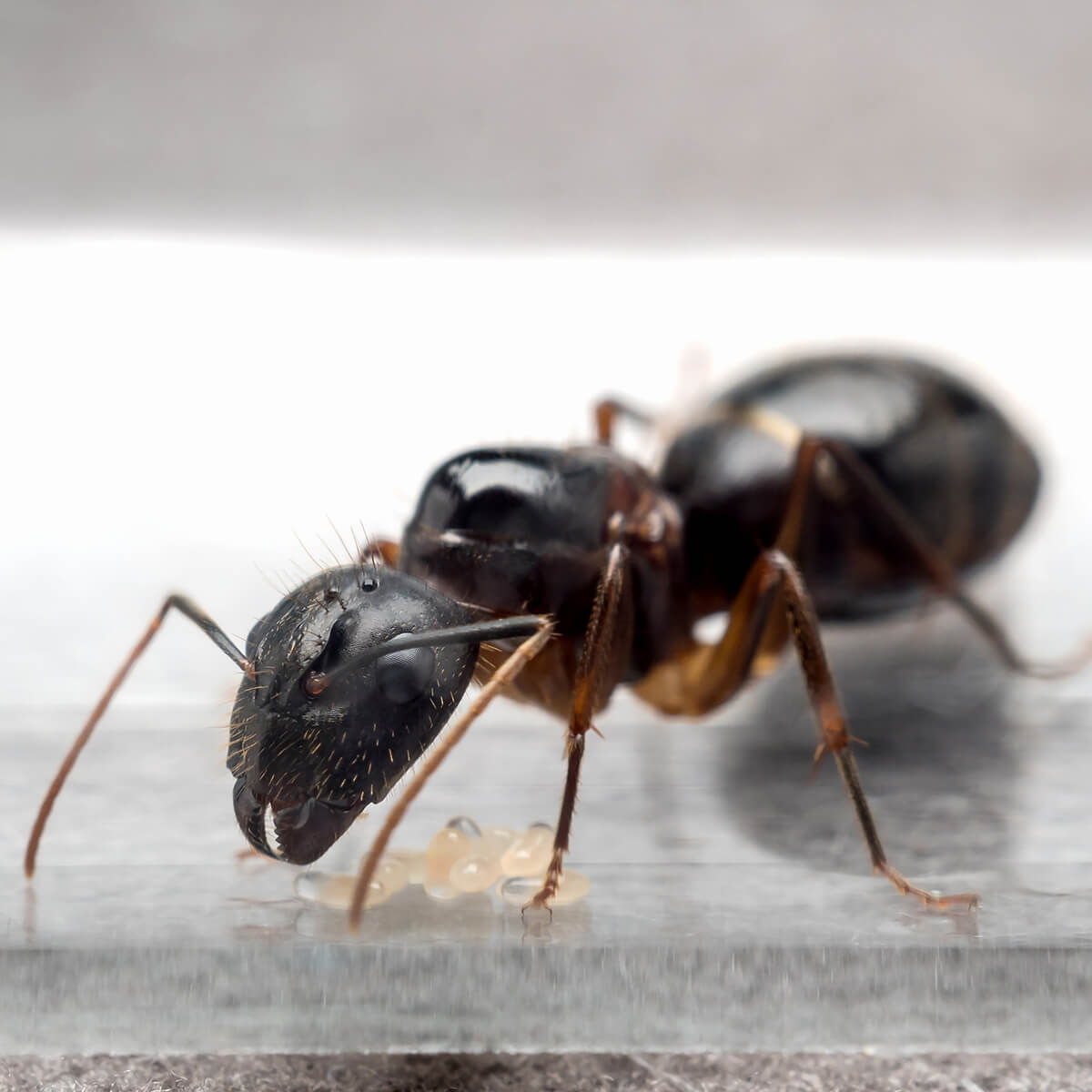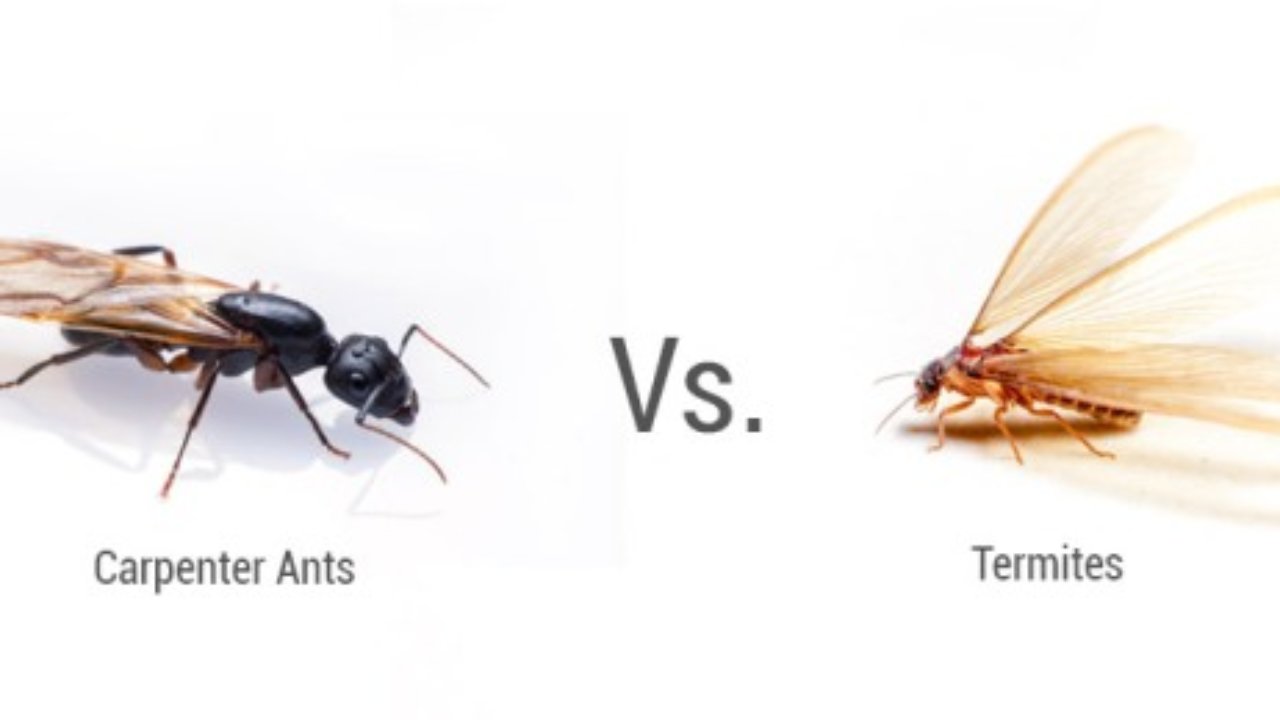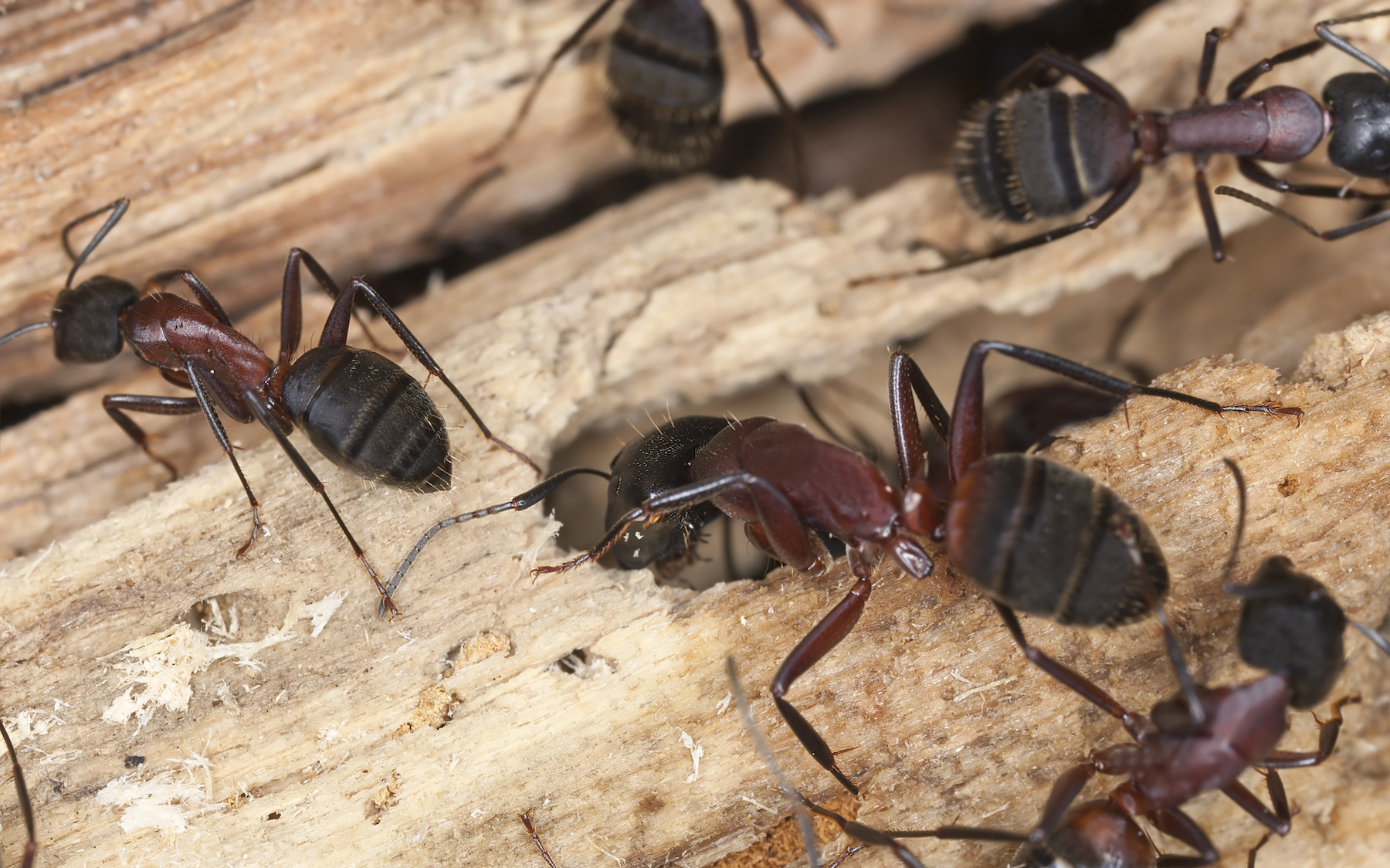How To Find Flying Carpenter Ant Nest

Carpenter ants create their colonies by burrowing into wood such as decaying trees.
How to find flying carpenter ant nest. Locate ants near wood shavings in your cellar or attic. However finding a carpenter ant nest is easier said than done. Pour it in a spray bottle.
Provided with the ideal conditions of damp wood appropriate temperatures and protection from predators and environmental changes carpenter ant colonies can thrive. If you find that you are facing a specific variety of flying ants I also have solutions on how to get rid of flying carpenter ants. The following three facts will assist in locating the carpenter ant nest.
How To Identify Carpenter Ant Nest By Azka July 30 2021 Signs of carpenter ants infestation top 5 best carpenter ant s carpenter ants first choice pest control pest control get rid of carpenter ants. They have a waist with one node petiole and a thorax area behind the head that is evenly rounded when viewed from the side. Carpenter ant parent colonies are most commonly found outdoors but may be located inside a house as well.
If you spot any wood shavings or chewed wood its a good sign you might have carpenter ants. Carpenter ant parent colonies thrive in moist hollowed-out. The smell of the vinegar prevents the ants return and can damage the tail from the body.
Large trees decaying wood or telephone poles are locations the main colony can be typically found. Inside your home wet wood can invite an ant. There are several species that may be found infesting homes and other buildings.
Carpenter ants are among the largest ants in Minnesota. Carpenter ants and get rid control carpenter ants and winged carpenter ant u s national park service get rid of carpenter ants naturally are flying ants or termites swarmingHow To Find An Ant NestWhat To Do About Flying Ants In Your HomeCarpenter Ants Nesting Sites Biology And TreatmentCarpenter Ants Umn ExtensionFlorida Carpenter Ant Conotus Florid. As a result most carpenter ant nests are found in decaying wood in areas such as windows chimneys sinks doorframes or bath traps and in hollow spaces such as wall voids.

